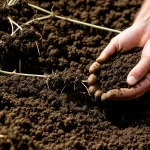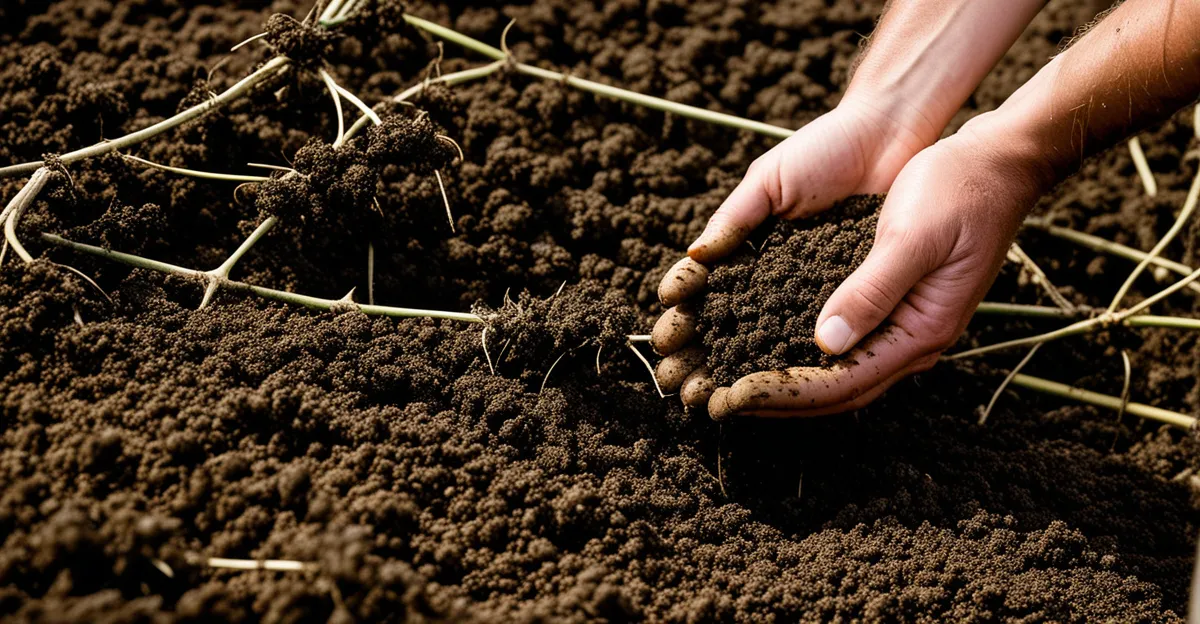Immediate impacts of climate change on UK agriculture
Understanding early shifts and challenges
Changing weather patterns are among the most evident climate change effects on UK farming. Rainfall variability has increased, with some regions experiencing wetter winters and drier summers. This alteration disrupts soil moisture, affecting crop growth cycles and raising concerns about drought stress in summer months. Temperature increases have led to extended growing seasons but also heightened risks of heat stress for both crops and livestock.
In parallel : How Has Recent Legislation Impacted the Dynamics of the UK Media Industry?
Moreover, the UK has seen a rise in the frequency and severity of extreme weather events such as flooding and storms. These events cause direct damage to crops and infrastructure, while also complicating planting and harvesting schedules. For example, floods in recent years damaged arable land in eastern England, highlighting the vulnerability of certain UK agriculture areas.
Early evidence from diverse regions shows specific crops reacting differently. Cereal crops in eastern regions may benefit from longer growing periods, but sensitive crops like potatoes face increased disease pressure linked to warmer, wetter conditions. These initial impacts underscore the urgent need for adaptive strategies within UK agriculture to handle evolving climate challenges efficiently.
Also to see : What Are the Long-Term Implications of Recent UK Government Policies?
Shifting crop choices and growing conditions
Structuring farming for a changing climate
The UK crop adaptation landscape is already evolving amid ongoing climate change effects UK farming. Warmer temperatures have shifted climate-related crop changes, leading to alterations in suitable crop types. For example, crops once limited to southern regions, such as maize and certain fruits, are now being trialled further north, extending their traditional growing zones.
Changes in temperature and rainfall are directly impacting planting and harvest times. Many farmers report earlier sowing dates and extended harvest periods, which, although helpful, also demand careful management to avoid crop stress from late-season droughts or unexpected frosts.
Emerging crops, like quinoa and certain pulses, are gaining interest as alternatives adaptable to new UK conditions. These new farming practices reflect a broader strategy to manage risks linked to shifting weather patterns and maximize yields despite uncertainties. This dynamic adjustment is critical, as it illustrates how UK agriculture changes not just in what is grown, but also in how and when.
This ongoing shift exemplifies the complex interplay between climate change and UK farming, urging proactive experimentation and flexible cultivation strategies to secure future food production.








